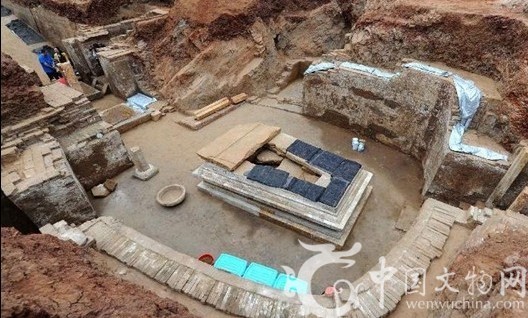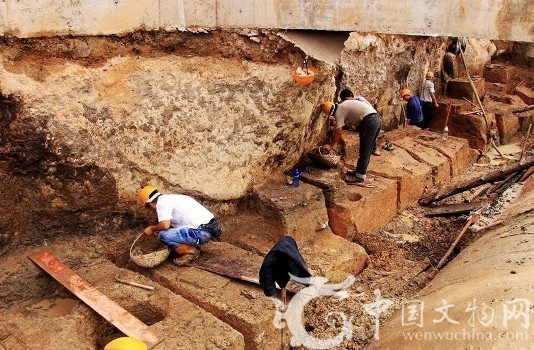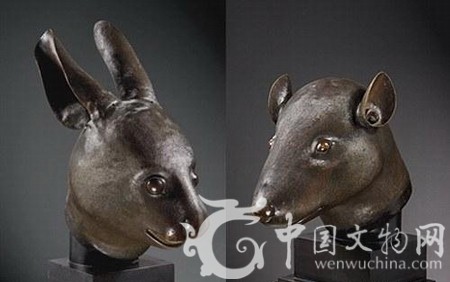Archaeology site of the Tang Dynasty tomb of Governor Liu Ji

After a one-and-half-year excavation, the archaeological results of the Tang Dynasty joint tomb of Liu Ji and his wife in Beijing was released. The epigraph in gold tracery that has large painted decoration with 12 Chinese zodiac signs in relief is precious and exclusive in China. Although the archaeology style came to an end, there are still a lot of puzzles about the tomb: For example, whether or not the skeletal remains excavated from the tomb belong to Liu Ji. Why coins from the Jin Dynasty were found in a Tang Dynasty tomb? And why does the wife have higher specification than her husband?
Conflict between subway construction and Fuzhou cultural relic site

Subway construction in Fuzhou came across the archaeological remains of the Minyue ancient city, which caused heated discussions. So how should we deal with the conflict between cultural relic archaeology and urban construction? Whether the subway construction shall make way for cultural relic protection? How can this conflict be avoided? Almost every city faces this conflict between urban construction and cultural relic protection. Is there a satisfactory solution for both parties?
Chinese abacus makes World Intangible Cultural Heritage list

After a five-year-long application process, the Chinese abacus was successfully added to the UNESCO World Intangible Cultural Heritage list on December 4, 2013. Despite of the successful process, follow-up protection and inheritance measures still have a long way to go, such as whether or not the Chinese abacus will return to the classroom. How can society protect Chinese abacus culture in a better way? How can the inheritance of the Chinese abacus be carried out?
Bronze heads return to Beijing

The bronze rat and rabbit head sculptures looted from the Chinese Old Summer Palace (Yuanmingyuan) in 1860 returned home under the help of the French Pinault family who bought the rabbit and rat bronze heads at an auction. People hope that the returns mark a new beginning. In contrast to numerous cultural relics lost overseas, the donation by the French entrepreneurs is just a drop in the bucket, and can’t be all there is for the return of looted cultural relics. Should a new return approach be developed in addition to the existing methods? How can the difficulty of reclaiming overseas lost cultural relics under the International Law be solved? How can looted cultural relics be identified under the trend of increasing counterfeits?
